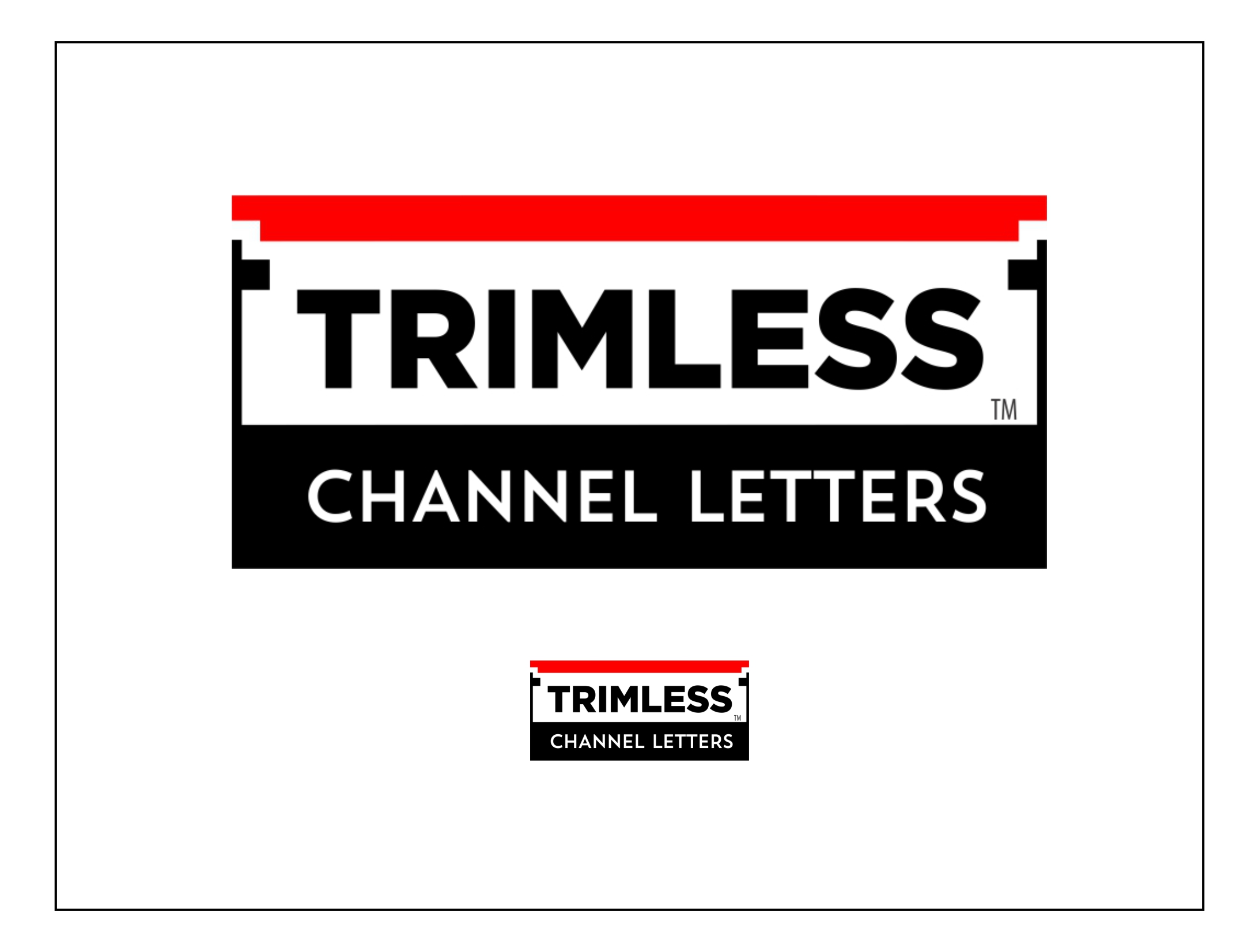
Sign design is all about readability, in many ways. Always design with flow, balance, contrast, and style. To execute these basics, consider these eight quick tips.
Sign design tips
- Print/screen/tablet/monitor-viewed graphic design is a discipline that allows the designer to use more content, smaller text, and more detailed graphics because the viewer has time to look at all of the design.
- Designing a sign is primarily for outdoor viewing applications, other than when signs are made for communicating safety or regulatory information in close-quarter areas.
- Using the squint test to vet your designs will help you maintain the most readability for font choices.
- Knowing the audience demographics and their likes and dislikes helps with sign design and website, brochure, and print media design.
- Fonts make the largest impact on how readable your sign design is once it’s outside. Fonts can also create a mood or feeling that can help or hurt the business.
- Color, contrast, and space are the elements that help the proper fonts be seen and read from a distance better than fonts that blend into the background.
- Kerning and font spacing, line spacing, and the proper use of descending letters (j, g, y, etc.) must be carefully planned for not only the look and layout but the fabrication restrictions.
- Designing the sizzle to sell the steak can help you provide sign designs that go beyond the ordinary to explore the extraordinary.



